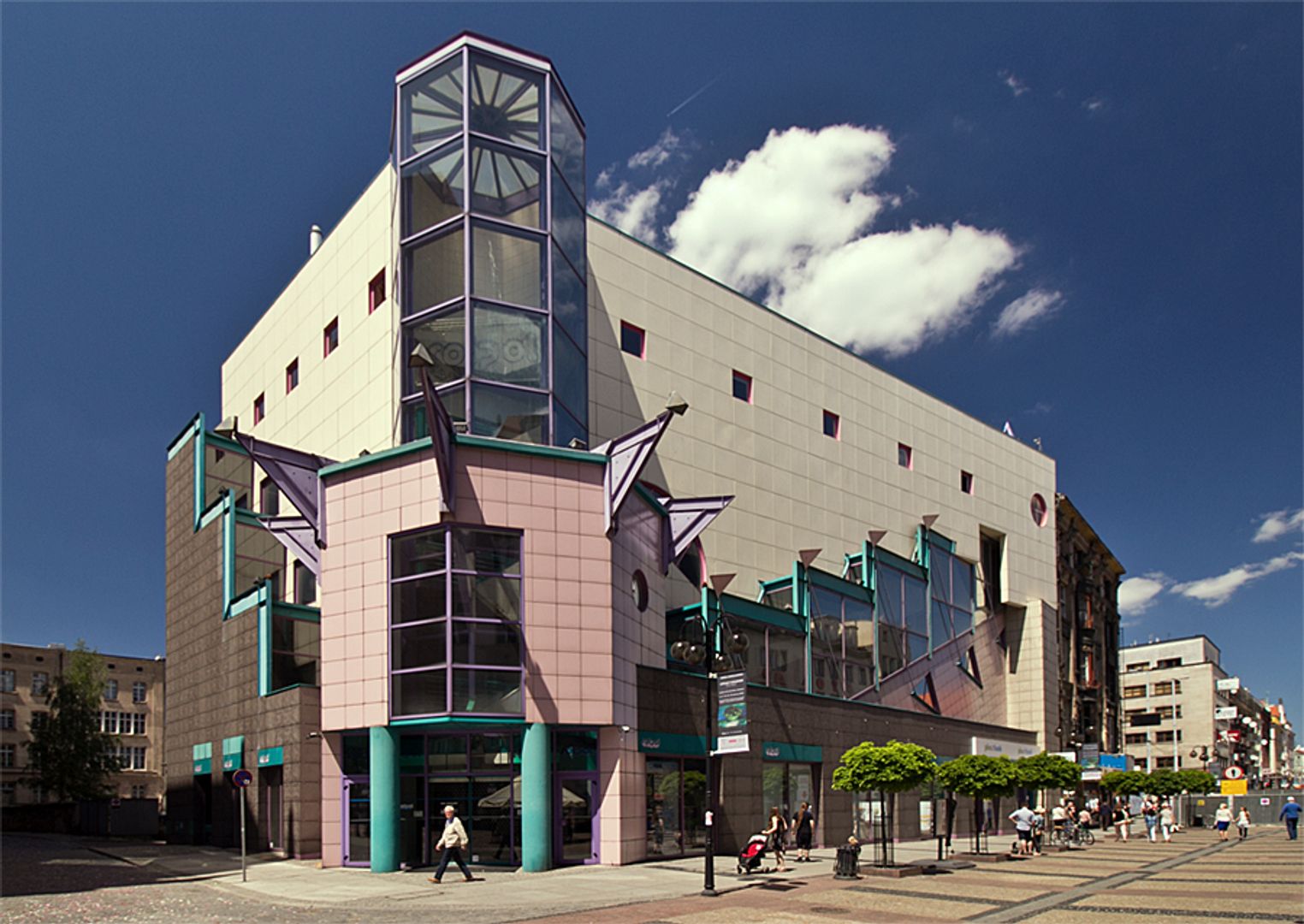Solpol Department Store
6.53

Overview
The Solpol department store, built between 1992 and 1993 in Wrocław, became an icon of postmodern architecture in Poland. It occupied a corner plot on Świdnicka Street and was characterized by five stories, a reinforced concrete frame structure, and vibrant facades clad in yellow, pink, and beige ceramic tiles. The building sparked controversy due to its modern form and lack of harmony with the neighboring Gothic church. Critics pointed to the mismatch between contemporary regional architecture and historic monuments, while supporters of the project, including Professor Jerzy Rozpędowski, argued that juxtaposing contrasting styles could be beneficial and highlight the value of both buildings.
The interior of Solpol was designed to allow flexible arrangement of retail space, enabling easy adaptation. The building gained a reputation as a modern shopping center offering a variety of services, including self-service stores and offices. Over the years, Solpol’s significance diminished with the emergence of new shopping centers, and eventually, in 2022, the building was demolished. The history of Solpol was also tied to its owner, Zygmunt Solorz, who had planned further expansion of the site. Despite public criticism of the demolition, the structure garnered numerous protests and attempts to secure heritage protection.
Although there was potential for the building to be listed as a historic monument, this was ultimately rejected by the conservator. With its geometric forms, bold colors, and unique style, Solpol remains an important landmark in the history of contemporary architecture in Wrocław and a witness to the city’s evolving urban landscape.
Location
Tickets
Powered by GetYourGuide
2025 Wizytor | All Rights Reserved